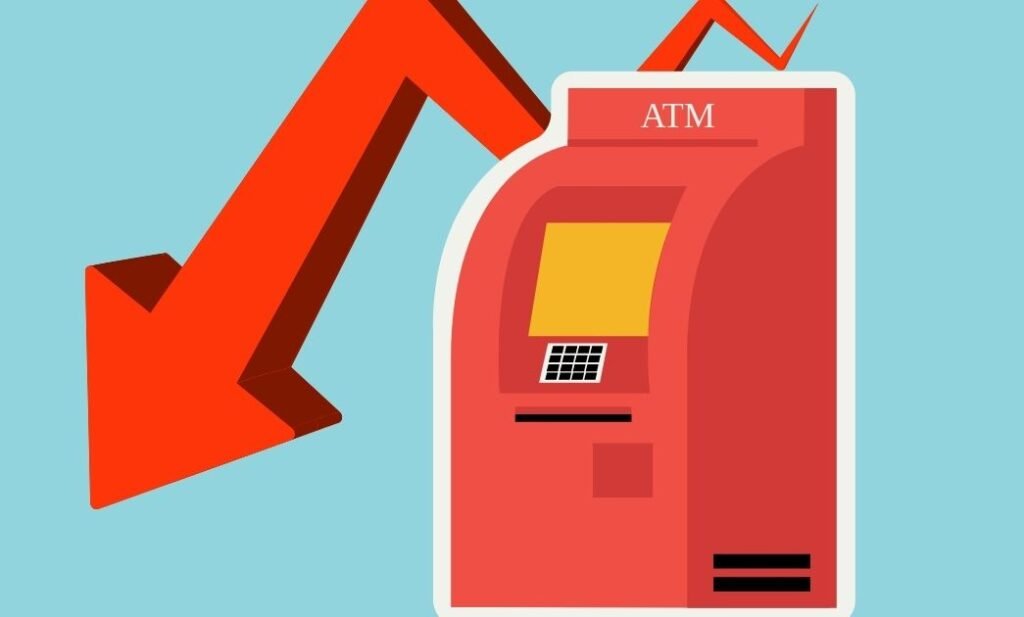The banking landscape is witnessing a transformative change. Once upon a time, Automated Transaction Machines (ATMs) stood as silent sentinels of the retail banking industry, bridging the gap between financial institutions and customers. These machines, which offered round-the-clock convenience, are now dwindling in numbers.
Surprisingly, in a span between May to November 2017, India observed a significant reduction, with 1782 ATMs being shut down. But why are these once-essential machines fading into the backdrop?
It all began with the onset of a robust digital economy. Recent events, including demonetisation, acted as inadvertent catalysts, pushing people away from paper currency and toward digital transactions. The inability to procure cash from ATMs during this period nudged users to explore the convenience and efficiency of digital payments.
The Decline: UPI and Other Factors
1. The UPI Revolution:
The Unified Payments Interface (UPI) emerges as one of the leading protagonists in this narrative. This innovative payment method enables users to effortlessly execute money transfers without diving into the complexities of bank details. And all this comes at a meager transaction cost of Rs. 0.50.
Before UPI’s inception, while credit cards and NEFT transfers did reduce the dependency on physical cash, their adoption at local grocery stores or with street-side vendors was minimal, often hindered by high transaction fees. UPI, with its affordability and user-friendliness, has bridged this gap, leading to a reduced dependence on ATMs.
2. The Economic Burden of ATMs:
Setting up an ATM is no inexpensive feat. With expenses ranging between 5-7 lakhs, depending on the location, plus the added monthly costs of rent, electricity, and security, the financial burden can be daunting. T
o break even, an ATM would need between 100-150 daily transactions. But with the proliferation of digital payments, achieving this number has become challenging.
Furthermore, the transaction fees, which currently sit at Rs.5 for non-cash actions and Rs.15 for cash withdrawals, only serve to deter potential users. With digital platforms offering almost negligible transaction costs, the balance tips heavily in favor of the latter.
3. The Allure of Digital Security:
Security remains paramount in the banking domain. ATMs, for all their convenience, come with a security loophole. The absence of personal identification measures means that in case of a stolen card, one’s financial sanctity is at risk.
Digital wallets and payment methods offer a tighter security net. UPI transactions, for instance, don’t require users to disclose bank specifics. Instead, a virtual payment address suffices. This, combined with dual-pin authentication on smartphones, ensures a fortified transaction process.
Reflecting on these developments, it’s clear why many financial institutions are reconsidering the viability of ATMs, choosing instead to shut down or relocate unprofitable units.
The writing on the wall is clear: As we tread further into the digital era, archaic transaction methods are set for an overhaul. With over 135 million credit and debit transactions annually, and with digital payment platforms capturing a hefty market share, ATMs might soon become relics of a bygone era.
Today, as UPI wallets and cost-effective mPOS systems gain traction, we stand on the cusp of a financial revolution, one that promises efficiency, security, and unprecedented convenience.
